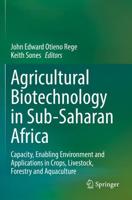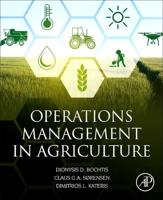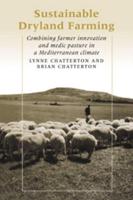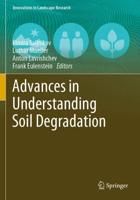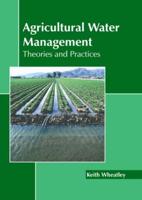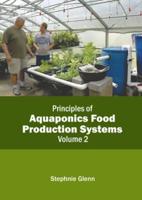Publisher's Synopsis
This book gives a popularized account of entomology and working in entomology in the USA. The 7 chapters by various authors cover: useful insects such as bees, insects that help control pests, insects as medicine and as food; insects and public health, including mosquitoes, the diseases they carry and their control, an account of the work of medical entomologists in the armed forces of the USA, memories of working on the development of early insect repellents, on control of screwworm and the role of dipteran larvae in forensic entomology; forest pests and their control, in particular the gypsy moth (Lymantria dispar); domestic insects and their control, work on termites [Isoptera] and other pests of timber, an account of the problems of imported fireants (Solenopsis spp.) and Africanized honey bees, and cockroaches in an urban environment; agricultural pests including the development stages of control chemicals, a discussion on the public and scientific attitudes to insecticides and their alternatives, a description of bollworms, the boll weevil (Anthronomus grandis) and pests of fruits and corn [maize], a history of insecticides, insects as plant pathogen vectors and the role of biotechnology in insect control. The final chapter contains 'unusual facts' about insects and other arthropods. The text is interspersed with cartoons by Gary Larson and the appendices provide information on the American registry of Professional Entomologists of the Entomological Society of America, on the Society itself and on the American Mosquito Control Association.

